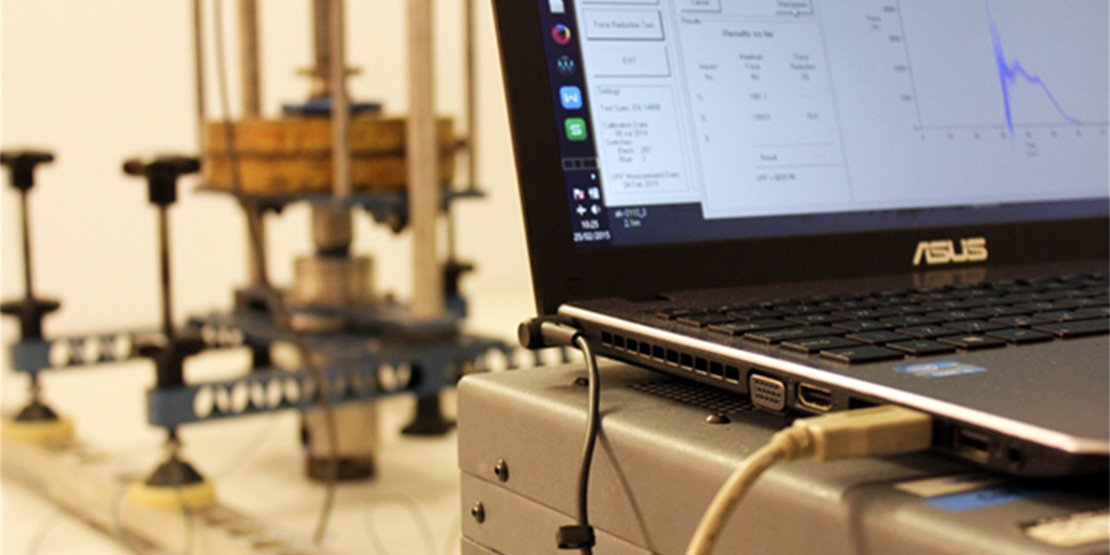A sprung dance floor in a doctor’s office…surprising? Not really! Dr. Boni Rietveld has equipped his office with a Harlequin Liberty sprung floor, so as not to worsen his patients’ injuries.
Dr. Rietveld is an orthopedic surgeon at the Centre for Medicine, Dance and Music in The Hague, Netherlands. He is also Past President of the International Association for Dance Medicine & Science (IADMS).
Can we start by asking you briefly to explain the causes of injuries in professional dancers?
There is a distinction to make between injuries caused by the floor and those caused accidentally. As far as the former are concerned, it is evident that there is a cause and effect relationship between dancers’ injuries and the floor on which they perform. It’s logical, even if not always easy to prove. After all, dancers use their feet and legs to dance, rather than their hands!
With regards to accidental injuries, these are due to misfortune, fatigue, stress, etc. For example, when preparing for a new show, rehearsals take place at a sustained rate, then the choreographer wants one last rehearsal, the dancers are already physically exhausted and an accident happens. Some injuries can be caused by a bad landing from a jump, by the poor execution of a movement, in short, by misfortune!
Are there any other factors that play a part in the equation?
Often accidents or fractures are due to a rapid change in the type of floor. This happens frequently when dance companies are on tour or are performing in multipurpose venues. Ideally, tendons and ligaments should be allowed to adapt to the new floor. Cartilage and bone structure take an even longer time to adjust. In the end, it is as dangerous to dance on a hard floor, as it is to constantly dance on different types of floor.
What type of injury is the most common?
According to the statistics I have been able to establish, 43% of complaints concern feet or ankles. To be more precise, I would say that tendonitis problems are the most frequent. Tendonitis occurs in various places, but definitely more frequently in areas of great stress, notably at the level of the Achilles tendon, which is heavily used in ‘relevés sur demi pointes’ or when ‘en pointe’ jumping or when landing from a jump, etc.
Do these injuries also happen to teachers at private schools?
Certainly. I have numerous patients who come to me for a consultation, having taught for 20 years on a concrete or tiled floor. Unfortunately, when they get to me it is almost too late – the damage has been done. These patients often suffer from tendonitis, that is to say acute tendinitis, but equally from general wear and tear of the body, which translates into, for example, osteoarthritis.
Is there one type of dance that causes more injuries?
No, but injuries are different. For example, fractures of the big toe affect mostly classical dancers, due to dancing ‘en pointe’ but they also affect contemporary dancers. In contemporary dance, we find more injuries at the level of the Achilles tendon.
What do you recommend?
Generally, the dancers should refuse to perform on unsuitable floors and demand the right to have a touring floor that has the same absorbent characteristics as the floor installed in their rehearsal studio. In this way, we would certainly be able to prolong the career of dancers, who, at the moment, stop at 35 years of age, because their bodies no longer work properly, or because of injury. As far as private dance schools are concerned, they should be more careful in choosing their flooring.
How to choose the ideal dance floor?
In my opinion, a dance floor should be neither too supple nor too soft. A hard floor has the effect of causing serious return shock waves and can bring about injuries or premature wear in the cartilage. A soft floor causes the muscles, and therefore the tendons, to work harder. Additionally, a floor that is too soft can be dangerous for dancers because of the effect of surprise. To illustrate my point: I invite anyone to jump on a tiled floor and then on a trampoline…the effect of surprise is guaranteed for all. I take the comparison to the extreme, but in some cases dancers have to face similar situations.
